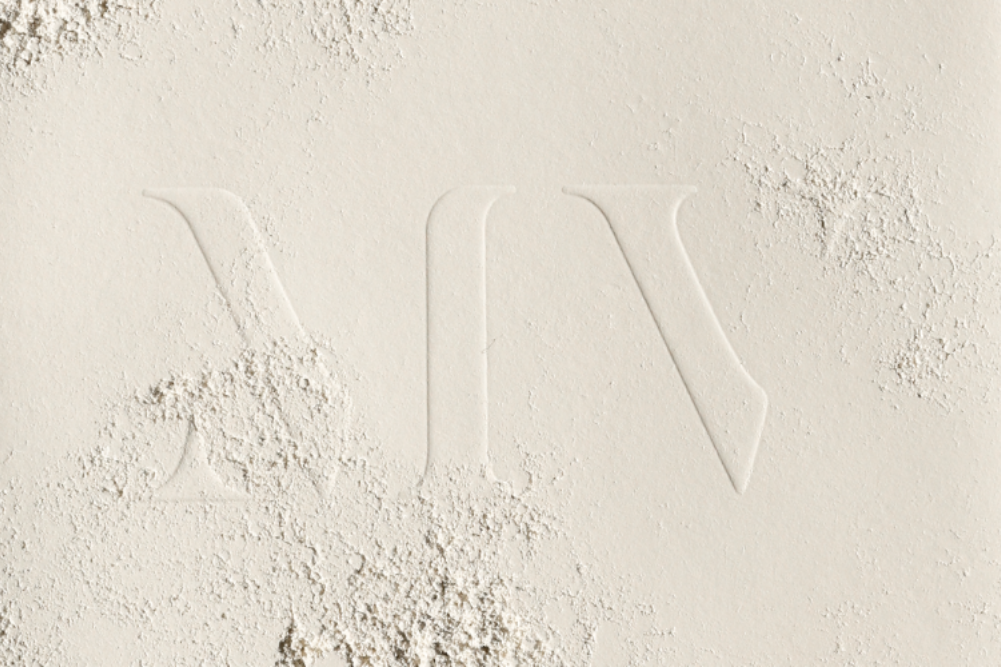Is aloe vera the key to naturally beautiful skin?
Your garden can easily become a cosmetic dispensary — and medicinal one, too. Our green and flowery friends are brimming with healing benefits for the whole body, including the skin, and are highly “active†in their application. In this current economic climate, and with the environment needing some well-deserved space from our over-consumption of goods, making your own skincare is a great option. To boot, it boasts many more benefits for your skin than not-so-fresh packaged goo that has sat in a bottle on a shelf for six months or more.
Plants are complex and clever. When part of a plant is broken, healing plant hormones travel to the injured area to heal it. When we use these plant hormones on our skin, they also have a healing and rejuvenating effect. One of my favourite easy-to-grow-and-maintain cosmetic helpers is aloe vera, an attractive succulent, also known as medicinal aloe. It is a cosmetic hero when it comes to healing and rejuvenating the skin, and there’s a wealth of applications for it. Rich in healing phyto-hormones and other nutrients, aloe vera is famous for soothing sunburn, but boasts many other beneficial skin care applications.
Aloe vera is rich in polysaccharides, which have a super-hydrating effect on the dermal layer, plumping skin cells and encouraging cell renewal. These sugars act like hyaluron, found in our skin cells, so make a great replacement for lost moisture. Using the gel from the broken white-spotted leaf can be incorporated into your daily skincare routine, under your moisturiser or as an instant skin pick-me-up. As soon as it’s gently smoothed onto the skin, it both moisturises and tones the complexion.
Aloe vera works well trans-seasonally, as the skin requires extra hydration through both the warmer and colder months. This boon of an ingredient can also be used to soothe rashes, itches and bites and is reported to help with skin conditions such as psoriasis. (The Back to Basics column on page 117 has more information about treating this condition.)
Fresh aloe vera gel has anti-bacterial and anti-fungal properties and studies have shown it inhibited the growth of fungi that caused tinea, so it may be helpful rubbed into your feet if you’re suffering from conditions such as athlete’s foot. These protective properties have been exploited in dental care, too, with many toothpastes boasting this cosmetic gem. In studies, aloe vera-containing dentrifices have demonstrated a significant reduction in gingivitis and plaque. It can be used in haircare preparations as well, not only to help relieve dandruff but also to bring lustre back to your tresses.
Aloe vera gel is best extracted fresh from the leaf of the plant, as many commercial gels contain carbomer and other dubious chemicals that are not favourable to skin health.
The plant is very easy to grow but requires a sunny spot. It’s very resilient, surviving well in places of low rainfall (making it quite an environmentally friendly plant, too), but not where there’s frost and snow. If you pot it, allow for good drainage. Terracotta pots are good as they’re porous. Grow as many plants as you can to cater for your inexpensive, active and environmentally friendly beauty routine.
Aloe vera skincare recipes
Aloe & lemon mask
For oily, dull or untoned skin
Albumen (egg white) is rich in protein, and also has a sebum-balancing and toning effect on the skin. It’s often used in commercial skincare products for this purpose. Lemon juice is rich in skin-smoothing citrus acids and rejuvenating vitamin C.
Ingredients
- ½ tsp egg white
- ½ tsp fresh aloe vera gel
- ½ tsp lemon juice
Directions
Whisk together well. Smooth onto clean skin and leave for 20 minutes. Rinse well.
Aloe vera & yoghurt mask
For dry skin
Yoghurt is rich in lactic acid, which helps to smooth out dry and flaky skin. It’s also replete with good bacteria, helping to balance your complexion. Egg yolk will nourish and help combat dryness.
Ingredients
- ½ tsp egg yolk
- ½ tsp fresh aloe vera gel
- ½ tsp live yoghurt
Directions
Whisk together well. Smooth onto clean skin and leave for 20 minutes. Rinse well.
Rejuvenating aloe & honey mask
For all skin types
Honey is nourishing, anti-bacterial and smoothing on the complexion.
Ingredients
- 1 tsp aloe vera gel
- ½ tsp runny honey (warm it if you need to get a runny consistency)
Directions
Mix together well and smooth onto the skin. Leave on for 20 minutes and rinse off.
Night serum
For dry, mature skin
A wonderful formula for dry and dehydrated skin. Macadamia nut oil is rich in palmitoleic acid, found in human sebum. As we age, both lipids and sebum diminish, so replenishing these with natural oils helps prevent dryness and dehydration.
Ingredients
- ½ tsp fresh aloe vera gel
- ½ tsp macadamia nut oil
Directions
Whisk together until you get an emulsion, then pat on cleansed skin. Sleep on it.
Aloe vera firming leg gel
Cypress essential oil has toning properties, as does rosemary and lavender, also great for rejuvenating and stimulating tired legs.
Ingredients
- 2½ tbsp aloe vera gel
- 1 drop rosemary essential oil
- 4 drops lavender essential oil
- 2 drops cypress essential oil
Directions
Mix together well and put into a jar. To use: massage over your legs.
Note: when using cosmetics, always do a patch test on your arm to check for a reaction before using on the face or over larger areas of skin. Keep essential oils and other herbal remedies out of reach of children.







